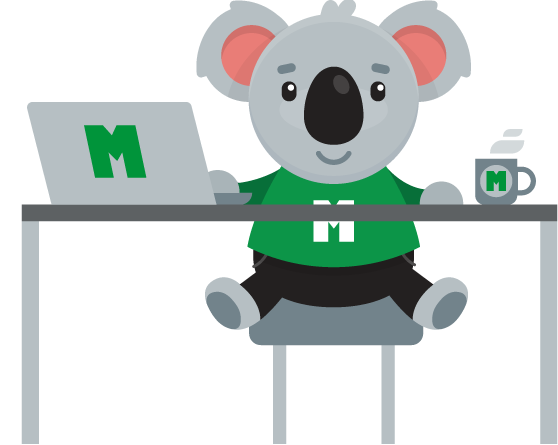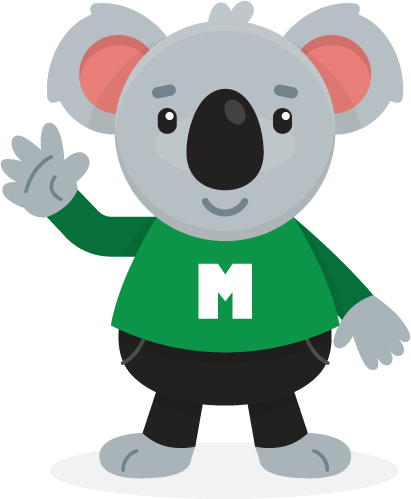Translate this page:
A reverse mortgage is a unique type of loan that is available to homeowners who are at least 62 years old. A reverse mortgage allows homeowners to access their equity and turn it into cash. These loans are designed to give homeowners access to their equity for living expenses or medical bills, among other things, and there are no monthly payments made to us.
With a reverse mortgage, we make a disbursement to the borrower. The loan amount and interest cause the balance of the loan to increase each month, as no payments are made.
Qualifying for a reverse mortgage requires no minimum credit score. Also, income requirements are less stringent when compared to other types of mortgage loans.

What Makes a Reverse Mortgage Different?
A regular mortgage is used to refinance a mortgage or buy a home in California, KY, which means making monthly payments to pay back the loan. With a reverse mortgage, you borrow against your home. There are no monthly payments required, and the loan is due when the home is sold or when the borrower dies or moves out of the home. Unlike a traditional loan, the balance continues to increase with a reverse mortgage.
Reverse mortgages are often compared to home equity lines of credit (HELOCs) or second mortgages, although the difference is there are no monthly payments. Home equity loans and HELOCs have strict credit and income requirements, while a reverse mortgage has fewer income and credit requirements.
Reverse mortgages can also offer a higher maximum loan amount. With a reverse mortgage, the age of the borrower and the type of loan determines the maximum loan amount.

Benefits of a Reverse Mortgage in California, KY
While there are many reasons to think about a reverse mortgage, the following are among the more common reasons:
- More comfortable retirement. After spending a lifetime making mortgage payments, many retirees find themselves on a fixed income. The proceeds from a reverse mortgage can help pay bills and improve quality of life while supplementing a pension, retirement account, or Social Security.
- Pay medical bills. As we age, medical expenses tend to get higher, while the cost of healthcare is always on the rise. Many retirees discover that medical costs become a burden that can be lessened with a reverse mortgage.
- Home improvement projects. The proceeds from a reverse mortgage help homeowners improve their home or make changes to fit their lifestyle.
- Pay off debt. The money received from a reverse mortgage can be used to pay off debt for good.

Contact Us Today
Share this page

Let's Start Your Homebuying Journey.




